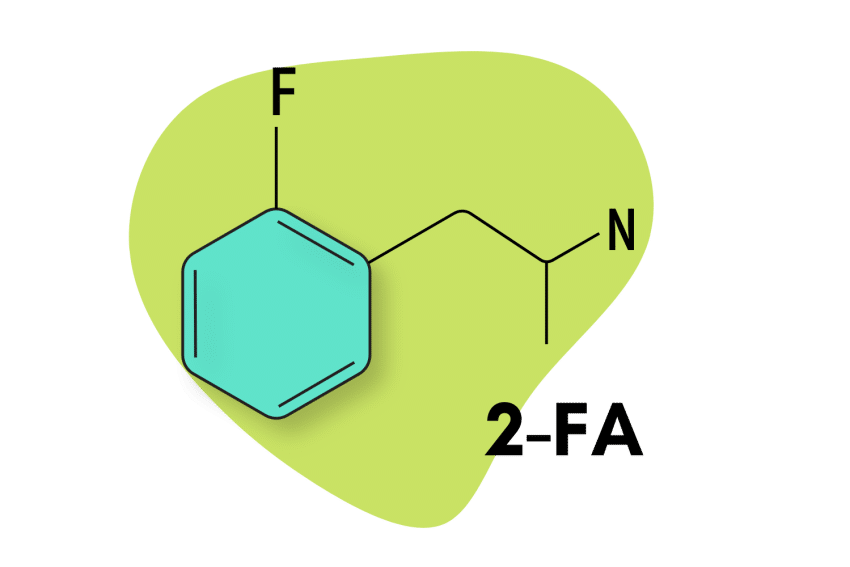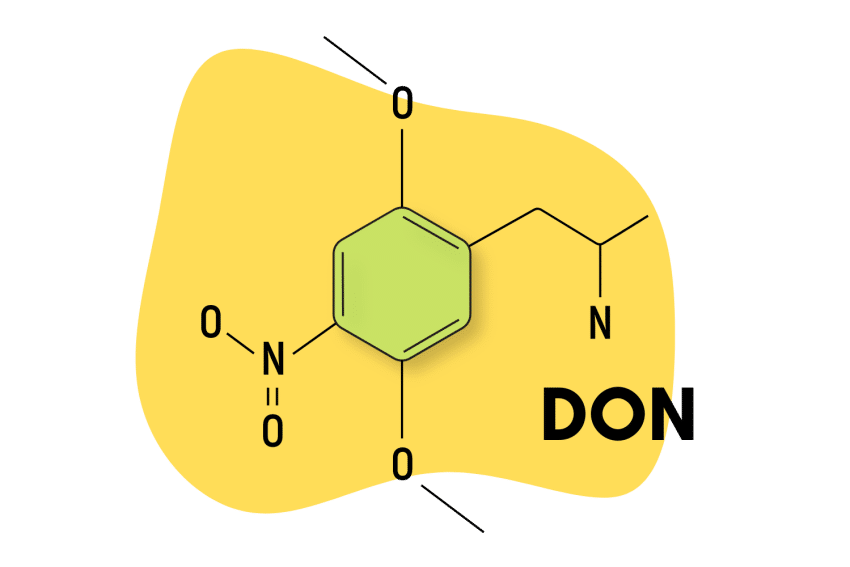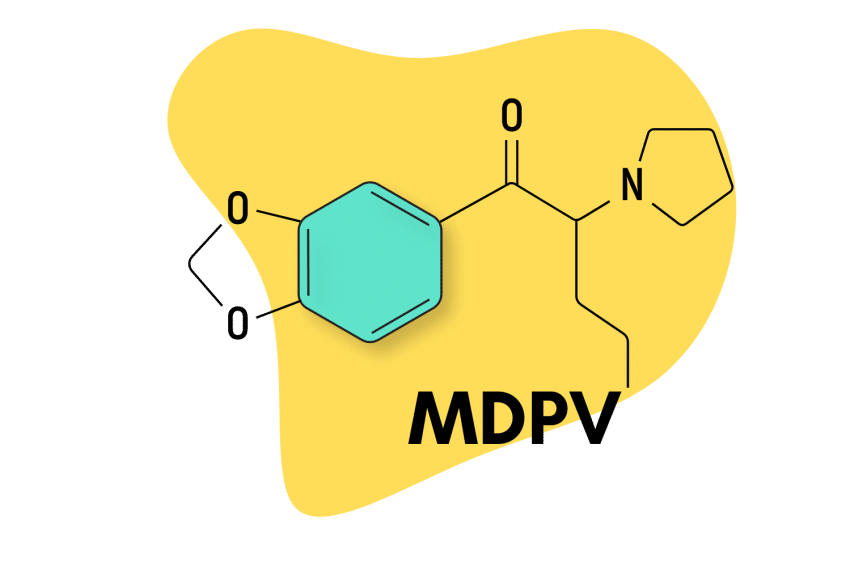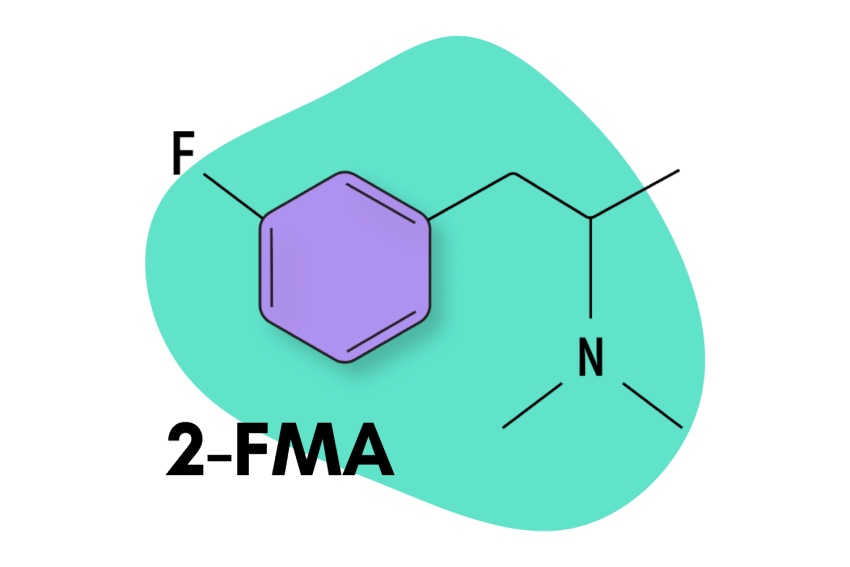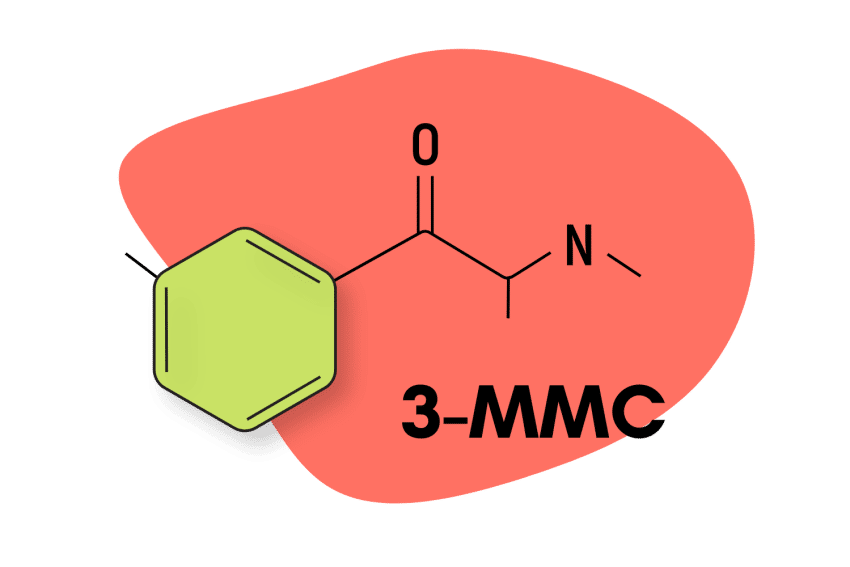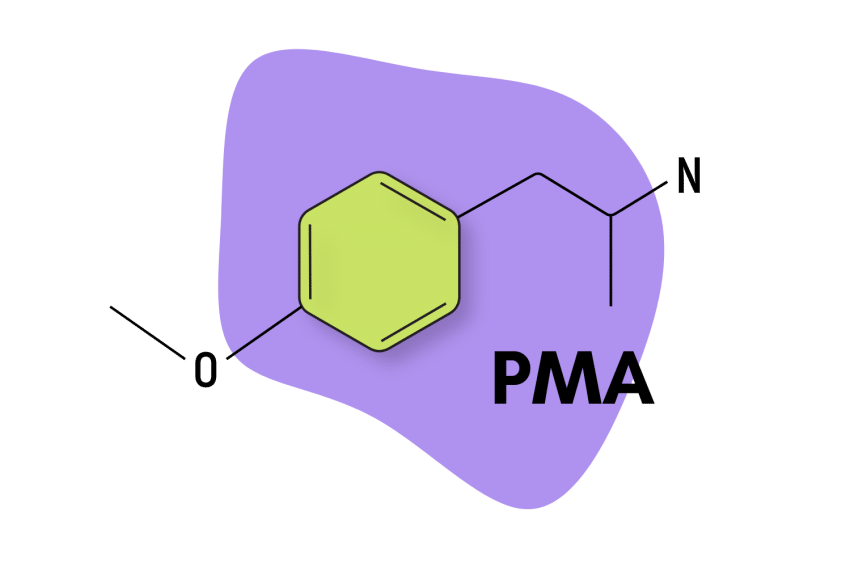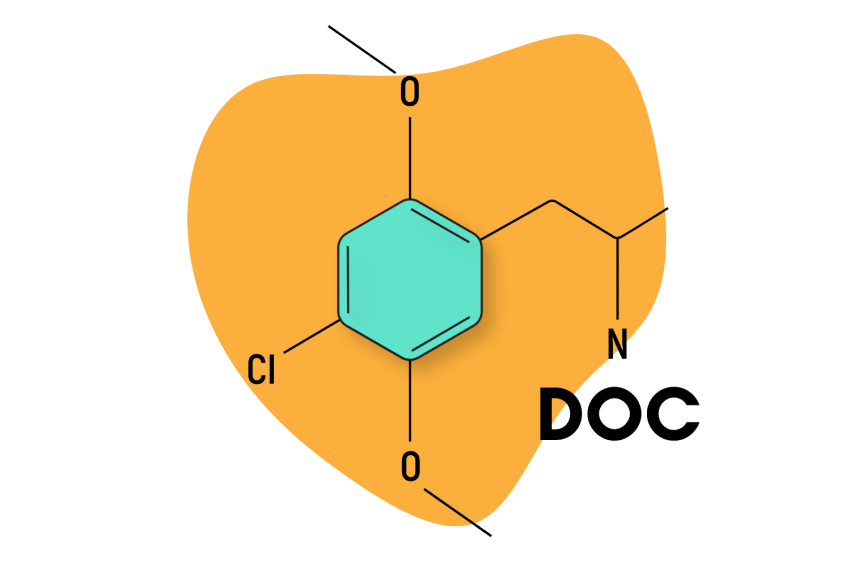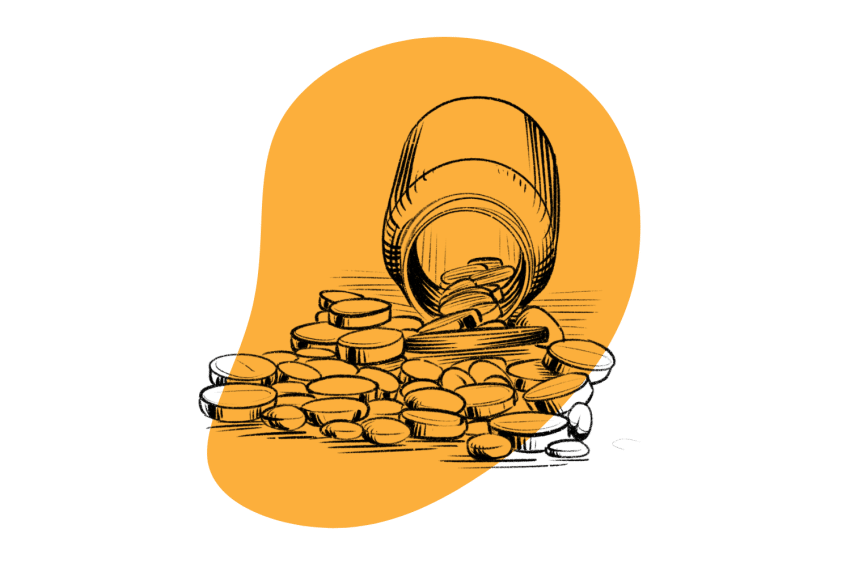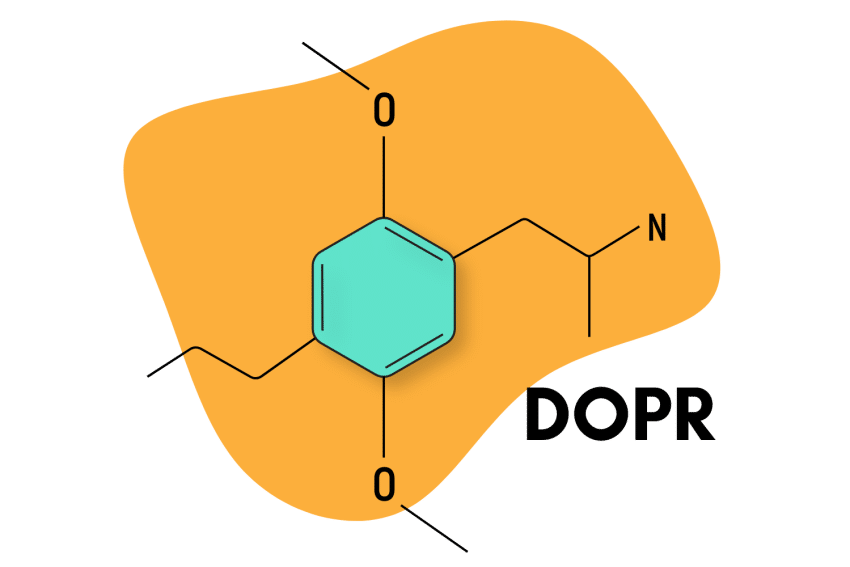MMDA: What Does This Structural Analog of MDMA Feel Like?
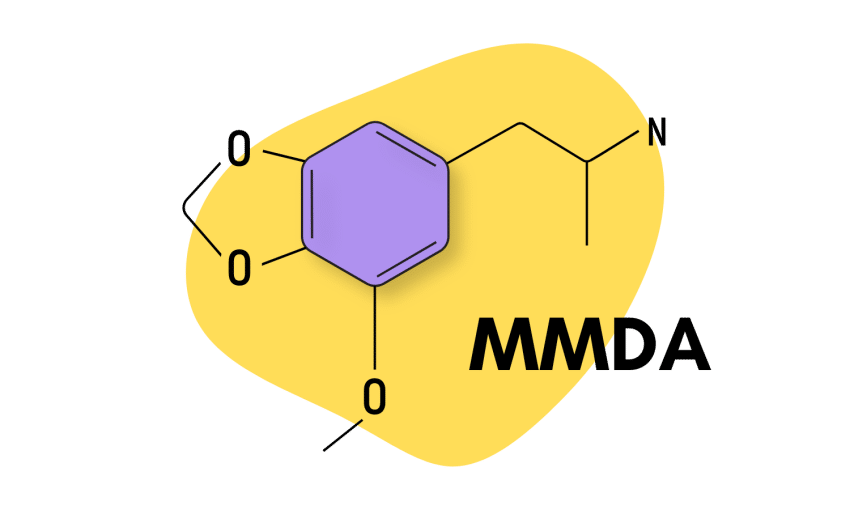
Created by legendary chemist Alexander Shulgin, MMDA (3-methoxy-4,5-methylenedioxyamphetamine) is a structural analog of MDMA and MDA.
It belongs to the substituted amphetamine subfamily known as the MDXX amphetamines.
Chemically, the MDXX group is defined by their base molecule — 3,4-methylenedioxyphenethylamine.
Inside the body, this compound is rendered inactive, but with the addition of a variety of functional groups, it can become active again, and the characteristic empathogenic, psychedelic, and stimulating effects of these compounds can be felt.
Though not as popular as MDMA and MDA, MMDA still holds a good reputation among the psychonaut community and has been sold online as a ‘research chemical.’ Since then, MMDA has now been added to the Convention on Psychotropic Substances of the United Nations and is thus illegal in most countries.
MMDA Specs
| Chemical Name | 3-methoxy-4,5-methylenedioxyamphetamine |
| Level of Risk | Moderate |
| Other Names | N/A |
| Most Common Side Effects | Psychosis, Seizures, Anxiety, Paranoia, Agitation, Confusion. Increased heart rate and blood pressure, Palpitations, Chest pain, and Difficulty breathing. |
| Duration of Effects | Five to seven hours |
| Estimated Threshold Dose | 60 mg |
| Common Dose | 100 to 250 mg |
| Legality/Status | Research chemical |
| PubChem ID: | 26175 |
| CAS# | 13674-05-0 |
Tripsitter Safe MMDA Guidelines
- 🐍 I understand why substituted amphetamines should be treated with respect
- ⚖️ I’m familiar with the laws for substituted amphetamines in my country & state
- 🍄 I’m familiar with and confident in the dose I’m taking
- 🧪 I’ve tested a sample of the substance I’m using with a drug-testing kit
- 💊 I’m not mixing any medications or other substances with MMDA
- 🏔 I’m in a safe & comfortable environment with people I trust
- 🐺 One of the members of my group is responsible and sober (AKA a trip sitter)
- ⏳ I have nothing important scheduled for after the trip
- 🧠 I’m in a sound & healthy state of mind
- ❤️ I don’t have any underlying health issues — don’t take MMDA if you have underlying heart, neurological, or psychiatric disorders
- 👭 Use the buddy system — butylone can remove your inhibition and allow you to make unsafe decisions, always stay with people you trust, and never go out alone
- 🌵 I understand the risk of dehydration — it’s easy to become dehydrated while on MMDA, so make sure you’re drinking a cup of water every hour while using MMDA
- 🦻 Protect your hearing — music can be intoxicating while on MMDA, so protect your hearing and bring ear protection before you go out to a club or concert
What Are The Effects of MMDA?
The effects of MMDA are very similar to other amphetamine psychedelics, including MDMA and MDA. It’s empathogenic (increased sense of connection with others), mildly psychedelic (produces mild visual and auditory perceptive changes), and stimulating (increased sense of both mental and physical energy).
What makes MMDA different from MDMA is that users tend to want to be alone rather than in large groups of people. MMDA is considered more of an introspective drug than most of the other empathogens currently available. MMDA is also more psychedelic than MDMA, especially in higher doses. Its effects are very similar to 2C-B in this regard.
MMDA Trip Reports
Here are some of the best MMDA trip reports we’ve heard so far:
MMDA Trip Report #1
The initial effects were typical of entactogens… emotional and physical warmth, softening of the mood, and some stimulation. [..] If I had to compare, I would say that MMDA feels a lot like MDA when coming on, but with far less stimulation.
I noted right away with MMDA that there was significant visual enhancement of objects in my view. In fact, MMDA was certainly the most visual of all the entactogens I have tried. With MMDA, there was no movement or breathing but intense color enhancement; normal color was replaced with extreme neon colors. Objects did not move but would appear to distort or take on a new form.
But the real treasure was when the eyes were closed. The so-called ‘brain movies’ began to appear within an hour of taking the MMDA and continued for the duration of the experience. At first, with my eyes closed, I saw revolving shapes and forms, which soon turned into faces.
MMDA Trip Report #2
No enhancement of colors in visual scenes (except some greenish tinge in faces) but on closing eyes, hallucinations appear to be quite real in 3-D, like watching a movie. First, these dreams appear in black and white, but later, color starts appearing
The drug induces a profound feeling of relaxation. Visual hallucinations with eyes closed are vivid, colorful, 3D, and appear quite real. One tends to be somewhat anti-social or maybe more pro-nature, enjoying the open air, field, and trees more than being in a crowd.
Is MMDA Safe? Risks & Side-Effects
There has never been any clinical testing on MMDA to prove it’s safe. While it’s likely this drug carries a similar safety profile to MDMA, without this testing, nobody can be sure.
All the same, risks apply to this substance as any unregulated research chemical. The most concerning issues are adulteration or contamination (a side-effect of clandestine manufacturing), inconsistent tablet dosages, and side effects inherent to stimulant medications.
Potential side effects of MMDA may include:
- Increased heart rate (tachycardia)
- Increased blood pressure (hypertension)
- Neurotoxicity (especially with high doses)
- Serotonin depletion & depressive comedowns
- Dehydration and hyperthermia
- Psychosis & HPPD
Current Research on MMDA
To date, there has only been one study evaluating the effects of MMDA. It was a study by Nozaki et al. from the National Institute on Drug Abuse [1]. The group examined the differences and similarities between MMDA and LSD (lysergic acid diethylamide).
Researchers in the study reported that while MMDA carried some similarities in terms of the hallucinogenic profile to LSD, its effects are more closely related to the amphetamine group instead (stimulant and empathogen/entactogen)
We’re on the lookout for more research involving MMDA and will update this page as soon as more information becomes available.
References
- Nozaki, M., Vaupel, D. B., Bright, L. D., & Martin, W. R. (1978). A pharmacological comparison of 3-methoxy-4, 5-methylenedioxyamphetamine, and LSD in the dog. Drug and Alcohol Dependence, 3(3), 153-163.

